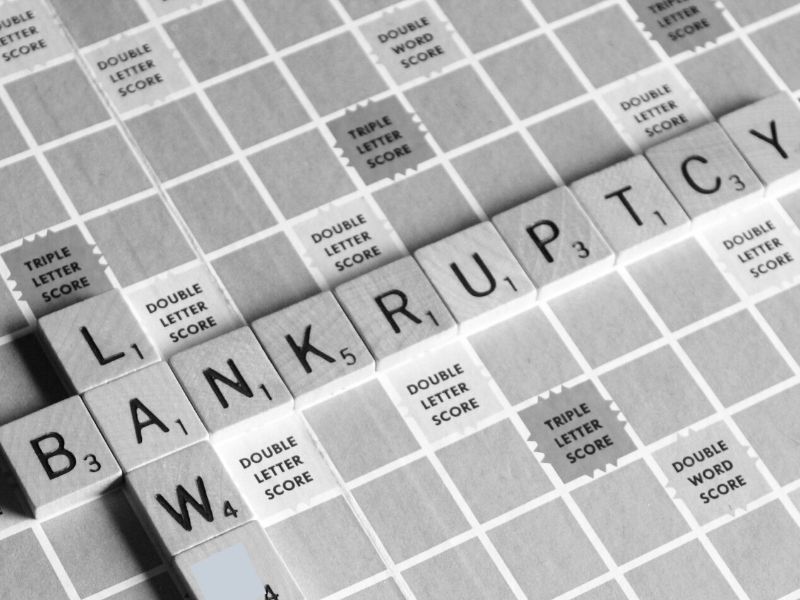A bankrupt no more (Part 3) - Discharge of Bankruptcy Order
by Abigail Shobana Numbalker & Sean Tan Yang Wei ~ 17 February 2023


Abigail Shobana Nimbalker (Associate)

Sean Tan Yang Wei (Principal Associate)
Introduction
One can get out of bankruptcy either by way of a discharge application or an annulment application. Part 1 and Part 2 of the “A Bankrupt No More” series already explored the three different methods of a discharge application that a bankrupt can pursue. In the final part of this series, we will be focusing on the Annulment Application.
An Annulment Application is governed by section 105 of the Insolvency Act which provides:
“105. (1) Where in the opinion of the court a debtor ought not to have been adjudged bankrupt, or where it is proved to the satisfaction of the court that the debts of the bankrupt are paid in full, or where it appears to the court that proceedings are pending in the Republic of Singapore for the distribution of the bankrupt’s estate and effects among his creditors under the bankruptcy or insolvency laws of the Republic of Singapore and that the distribution ought to take place in that country, the court may annul the bankruptcy order.”
From the provision, there are two clear grounds to annul a bankruptcy order and they are:
- Where the court opines that a debtor should not have been made a bankrupt (“the 1st Limb”); or
- Where there is full satisfaction of the debts of the bankrupt (“the 2nd Limb”).
The 1st Limb
The wording of the 1st Limb begs the question as to what circumstances would sway the court to annul a bankruptcy order?
According to the Federal Court case of Bungsar Hill Holdings Sdn Bhd v Dr Amir Farid Datuk Ishak [2005] MLJU 671, the Federal Court held that it does not only cover technical grounds i.e. defective service of the bankruptcy notice or the creditor’s petition, but also covers other legal grounds like an abuse of court process. The Federal Court further noted that extraneous “moral” or “equitable” grounds are not covered under legal grounds.
In this particular case, the bankrupt had applied to annul his bankruptcy on the ground that he possessed the ability to pay his debt. The Federal Court accepted this ground and held that it came under “legal grounds”. Further, even though the bankrupt failed to appear at the hearing to contest the petition, he was not disqualified from applying for the annulment of the adjudication order pursuant to s. 105(1) of the Insolvency Act.
It is significant to note that when relying on the 1st Limb, the Federal Court held in the case of Affin Bank Berhad (Formerly known as Perwira Affin Bank Berhad) v Abu Bakar Bin Ismail that it is only when a debtor is able to recover monies before or at the making of the bankruptcy order against him will the court allow an application to annul the bankruptcy order.
The Federal Court referred to the Australian High Court case, Bank of Australasia v Hall [1907] 4 CLR 1514, where it was held that:
“The question is not whether the debtor would be able, if time were given him, to pay his debts out of his assets, but whether he is presently able to do so with moneys actually available.”
The Federal Court further held:
“[47] Applying the principles set out in the above cited cases, the test for solvency of a debtor must be of the debtor’s ability to pay his debts as they become due, as at the time of the hearing of the creditor’s petition, when the AORO was made…A bankrupt could always avail himself of the relief of annulment or discharge by making payments from moneys recovered subsequent to the AORO, to the DGI”
If the debtor was only able to recover monies after the bankruptcy order against him, the court will only annul the bankruptcy order after the debts were fully paid off by the recovered monies. Thus, satisfying the 2nd Limb instead.
The 2nd Limb
The wording of the 2nd Limb is clear. If you are able to fully satisfy your debts, you are entitled to apply for an annulment of the bankruptcy order before the court. Once payment has been made to the Insolvency Department, a letter would be issued detailing the debt owed and stipulating that all debts had been satisfied. Upon receipt of this letter, the annulment application can be filed in court.
Effect of the Annulment Application
An annulment’s effect is that it terminates the bankruptcy order entirely as if it was never made in the first place. It basically gives you a “clean-slate” to start over. This is therefore the highly recommended method of getting out of bankruptcy instead of the Discharge Application.
For advice on which would best apply to your situation, please do not hesitate to contact us.